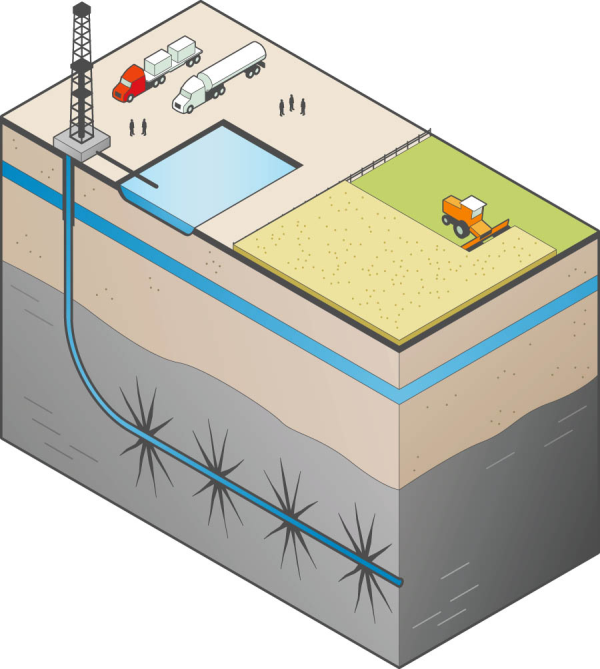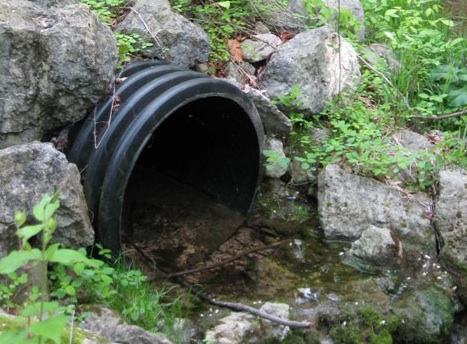The Federal Trade Commission (FTC) administers a broad range of consumer protection statutes, primarily by issuing “guidelines” for organizations to follow when they design products, packages and advertising materials. Generally these guidelines are not directly enforceable, but FTC uses them as the basis for deciding whether a particular activity is lawful. FTC provides organizations that conform to the guidelines with a “safe harbor” against prosecution for violation of one of its statutes, and focuses enforcement on businesses that fail to conform.
Audit, Compliance and Risk Blog
FTC's New Green Guides for Environmental Marketing Claims
Posted by Jon Elliott on Wed, Oct 10, 2012
Tags: Business & Legal, Environmental
Understanding Insurance Law (Rule Number One: Words Rule)
Posted by Barry Zalma on Fri, Sep 28, 2012
A picture may be worth a thousand words. But words – or lack thereof – can be worth millions. Never more so than when courts are deciding the level of coverage and the amount of payout policyholders are entitled to from insurance companies. So, when it comes to understanding insurance law you need to make sure you understand rule number one: words rule.
Tags: Corporate Governance, Business & Legal, Environmental risks, Environmental, Insurance, Insurance Claims
Resource Extractors’ Payments – New SEC Rules Increase Transparency
Posted by Jon Elliott on Thu, Sep 20, 2012
This month the Securities and Exchange Commission (SEC) published new environmental compliance rules (Rule 13q-1 and associated Form SD), requiring annual disclosures by publicly listed “resource extraction issuers” of payments they make to the U.S. federal government, or foreign governments, related to commercial development of oil, natural gas or minerals. SEC’s rules implement a Congressional mandate contained in 2010’s massive Dodd-Frank Wall Street Reform and Consumer Protection Act (Dodd-Frank).
Tags: SEC, Environmental risks, Environmental, EPA
When RCRA Environmental Compliance Deters Innovative Waste Management Technologies
Posted by Jon Elliott on Fri, Sep 14, 2012
Environmental compliance can be a complex business. In fact, in certain situations, the Resource Conservation and Recovery Act (RCRA), and other legislation, may actually deter use of innovative waste management technologies and best practices. Here are three questions to ask about your organization:
Tags: OSHA, Environmental risks, Environmental, EPA, fracking
MAP-21 Impacts on Current Federal Motor Carrier Safety Regulations
Posted by Russ Boesch on Wed, Sep 05, 2012
On July 6, 2012, President Obama signed into law the “Moving Ahead for Progress in the 21st Century Act (MAP-21)”.The 584-page legislation revises and adds many sections to the U.S. Code, intending to “create a streamlined, performance-based, and multi-modal program to address the many challenges faced by the US transportation system, including improving safety, maintaining infrastructure condition, reducing traffic congestion, improving efficiency of the system and freight movement, and protecting the environment” (USDOT, Federal Highway Administration).
Tags: Health & Safety, OSHA, Environmental risks, Environmental, EHS, EPA, Hazcom, EEOC
Environmental Compliance: Hazardous Waste "Program in Place"?
Posted by Jon Elliott on Wed, Aug 29, 2012
If your business generates "hazardous" wastes, then you must manage them in compliance with applicable federal and state environmental laws and regulations. But did you know that the same regulations also require you to take steps to avoid generating such wastes in the first place? Regulations refer to these as "waste minimization" efforts.
Tags: California Legislation, Environmental risks, Environmental, EHS, EPA, Hazcom, effluent, EEOC
Hydraulic Fracturing: Can We 'Frack' Without Fouling the Environment?
Posted by Jon Elliott on Mon, Aug 13, 2012
Energy companies have used hydraulic fracturing—often referred to as ‘fracking’—since the 1940s in order to enhance recovery of oil and natural gas from low-permeability (“tight”) rock formations.
Frackers pump high-pressure fluids into rock formations to create and expand cracks and create pathways for valuable hydrocarbons to flow out. The stimulant fluids are usually water-based, with additional chemicals (acids, surfactants, biocides, etc.) to improve the effectiveness of the fracking process as well as solid ‘proppants’, which prop open the expanded openings (sand, etc.).
Tags: Health & Safety, Environmental risks, Environmental, EPA, fracking, hydraulic fracking
Greenhouse Gas Emissions: Answering Stakeholders Concerns
Posted by Jon Elliott on Fri, Aug 10, 2012
Increasingly, your approach to climate change issues provides an important basis for your customers’ and other stakeholders’ purchasing and investment decisions with your organization. They may research how your organization manages its greenhouse gas (GHG) emissions (your ‘carbon footprint’) because, if you provide them with goods and services, the GHG emissions associated with your activities may be attributed to them.
Tags: Corporate Governance, Environmental risks, Environmental, EPA
Court Decision Supports EPA Rulings for Greenhouse Gas Emissions
Posted by Jon Elliott on Thu, Jul 12, 2012
On June 26, the federal District of Columbia Circuit Court of Appeals issued a major decision, upholding four rulings by the U.S. Environmental Protection Agency (EPA). All four rulings expand the regulation of greenhouse gas (GHG) emissions under the Clean Air Act (CAA). The case is Coalition for Responsible Regulation v. EPA.1
Tags: Health & Safety, California Legislation, Environmental, EPA
Numerical Stormwater Discharge Regulations—Dead in the Water?
Posted by Martin Bermudez on Tue, Jun 05, 2012
Although federal and California regulations have introduced numeric effluent limits (NELs) for stormwater discharges, technical issues and an adverse regulatory environment have stalled these efforts. Here is a summary of stormwater regulatory history, and the current regulatory atmosphere.
Tags: Environmental, EPA, effluent, Stormwater, STC








